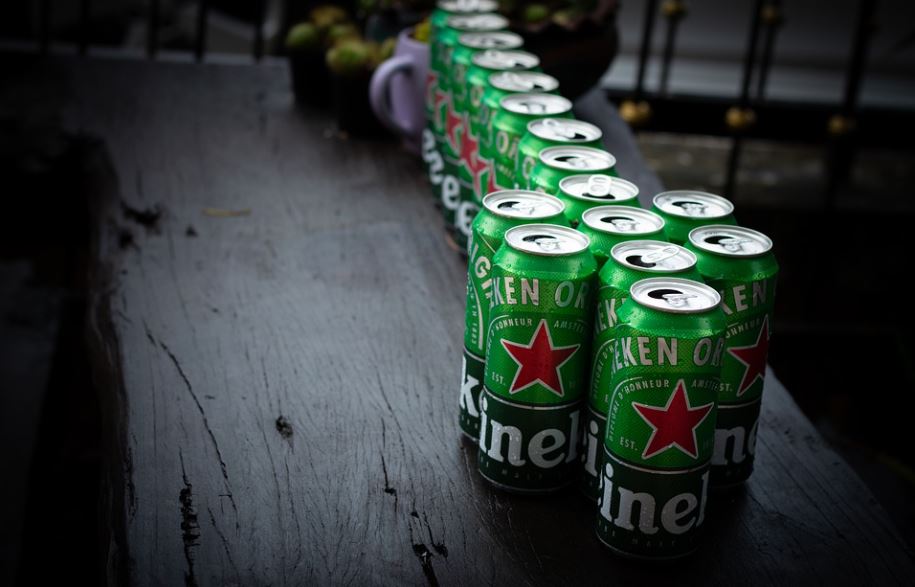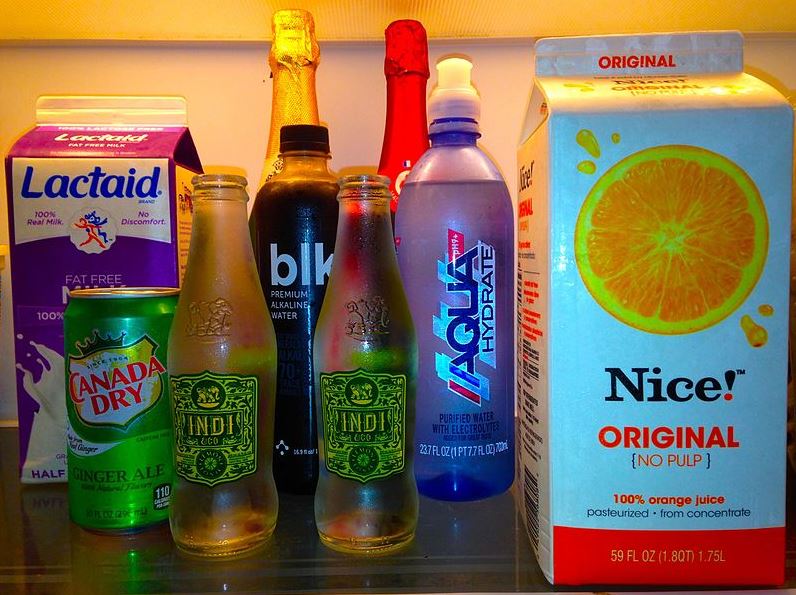Pasteurization has become popular in recent years. It is heating food and beverages to kill pathogens and extend shelf life. Pasteurization lengthens the shelf life of foods and drinks by slowing the growth of microbes but not entirely killing them.
Pasteurizing perishable beverages such as beer, fruit and vegetable juices, wine, and some dairy products using heat is typically below the boiling point of water (100 °C or 212 °F).
Why is the process called “pasteurization?
Pasteurization is named after French chemist Louis Pasteur. Pasteur developed the technique of heating wine to 50 to 60 °C to kill micro-organisms and reduce acidity. Although people have used the method in ancient times, it was only in 1864 that Pasteur’s research pointed toward micro-organisms as the culprit for the spoilage and disease it causes, which ultimately led to the Germ Theory of Disease.
The point of pasteurization is to kill most pathogens and deactivate proteins and enzymes responsible for food spoilage. However, the process depends on what product to pasteurize. The primary purpose of pasteurization is food safety because it kills yeast, mold, and pathogens. It significantly decreases the risk of food poisoning and extends food’s shelf life by days or weeks.
The Process of Pasteurization
Pasteurization is a process of gentle heat treatment for liquid foods where products go through a heating process below 100 °C. The heat treatment and cooling process intend to prevent a product’s phase change. The parameters or time and temperature used in the heat treatment depend on the food’s acidity. Parameters also consider nutritional and sensory qualities that are sensitive to heat.
Below is the general outline of the pasteurization process for milk. It begins at the left side and enters the tubing with functioning enzymes. When heat-treated, the milk is denatured, and the enzymes stop working. By preventing the cell from functioning, the pathogen stops growing. The cooling process helps prevent the milk from having the Maillard reaction and caramelization. The heat from the pasteurization process can also heat the cells to the point that they burst due to pressure build-up.
For acidic foods (pH <4.6), such as fruit juice and beer, the heat treatments aim to deactivate enzymes (pectin methylesterase and polygalacturonase in fruit juices) and eliminate spoilage microbes such as yeast and lactobacillus. Because of the low pH of acidic foods, pathogens cannot grow, thereby extending the shelf-life for some weeks. For less acidic foods (pH >4.6), such as milk and liquid eggs, the heat treatments employed destroy pathogens and spoilage organisms like yeast and molds. The pasteurization parameter does not eliminate all spoilage organisms, so refrigeration is necessary.
Pasteurization is different from sterilization; it does not kill spores. An additional process is applied to extend shelf life to kill the spores, called “Double” pasteurization.
Examples of commonly pasteurized drinks include:
Almond milk
Commercially made almond milk is usually ultra-pasteurized, meaning it’s been heated quickly to 280°F, then cooled down quickly to extend shelf life. Even if refrigerated, it is necessary to consume it within seven days after opening.
Beer
Like milk, beer likewise goes through pasteurization destroys any bacteria in it. In the brewing process, pasteurization is necessary to stop the growth of the yeast that might remain in the beer after packaging.
Even bottles and cans also go through a process of pasteurization. The technique used is the tunnel method; it is preferred for a brewery because it stops a second fermentation process and effectively inhibits pathogens and micro-organisms. Liquid-filled cans or bottles run through a stainless-steel tunnel and onto a conveyor belt during this process. Once in the conveyor, the beer containers are sprayed with hot water or steam to 165 degrees Fahrenheit (74 degrees Celsius).
After the heat bath, the bottles or cans are sprayed with cold water to cool them down. This method allows all beer containers to be of the highest quality for six months.
Coconut Milk
As with other foods, it’s important to avoid raw, unpasteurized coconut milk because raw or unprocessed coconut supports the growth of salmonellae as well as other bacteria.
Raw coconut meat needs to be pasteurized in a water bath of 80 degrees Celsius for 8 to 10 minutes to kill bacteria effectively, and this method is what the coconut industry now uses for commercial products.
Coconut milk, like other commercially available milk, is pasteurized using UHT. Canned coconut milk is also pasteurized or sterilized.
Fruit juices
Pasteurizing raw juice is done to make it bacteria-free. It is easy to do, and anyone can do it. Pour the juice into a stainless pot and heat the liquid over high heat. Constantly stir the juice while it heats to prevent scalding. Check the juice’s temperature using a thermometer; it needs to reach 71 °C for proper pasteurization.
Next, sterilize the container, wash it with cold water, and put it in boiling water for 15 minutes before pouring the juice. Cover the container to preserve pasteurization.
Honey
Pasteurizing honey differs from pasteurizing dairy products and is done for other reasons. Honey pasteurization is in a registered pasteurizing plant by applying high heat to destroy sugar-tolerant yeasts. Pasteurization helps extend honey’s shelf life and makes it nice and smooth.
Unlike dairy products, pasteurizing honey is not about food safety because natural honey is one of the safest food products one can eat. Still, pasteurization slows down the natural process of liquid honey into stiff and crunchy.
Milk
Pasteurized milk is a raw milk that has been heated to a specific temperature and time to kill any present bacteria in the raw milk. Raw milk such as cows, goats, sheep, and other dairy animals can contain pathogens. Hence, all milk sold to the public is pasteurized and packed in an authorized dairy plant.
Water
In contrast to what most people believe, water does not necessarily have to boil to be safe for drinking. Heating water to 65° C for 6 minutes is enough to kill all germs, viruses, and parasites. This process is called pasteurization.
Wine
Wine pasteurization applies heat of 85 °C for a minute, then down to 50 °C for up to three days to kill all yeast and bacteria. Then it can be bottled. Premium wines do not go through because it affects their flavor and aging potential. Instead, a different procedure known as flash pasteurization is done, including heating it to 96 °C for a few seconds and quickly cooling it down.
Yogurt drink
Yogurt drink is added with milk, fruit, and fruit syrup to increase flavor and fluidity. The yogurt’s pH rise when milk is combined, so the shelf life of the yogurt drink is usually just 4–10 days. In making yogurt, the milk is pasteurized at 85°C for 30 minutes or 95°C for 10 minutes before adding the cultures to prevent deactivation of the bacterial cultures needed in yogurt production. The high heat also changes the whey proteins, which allows the yogurt to form a more stable gel, and it effectively kills disease-causing bacteria.



